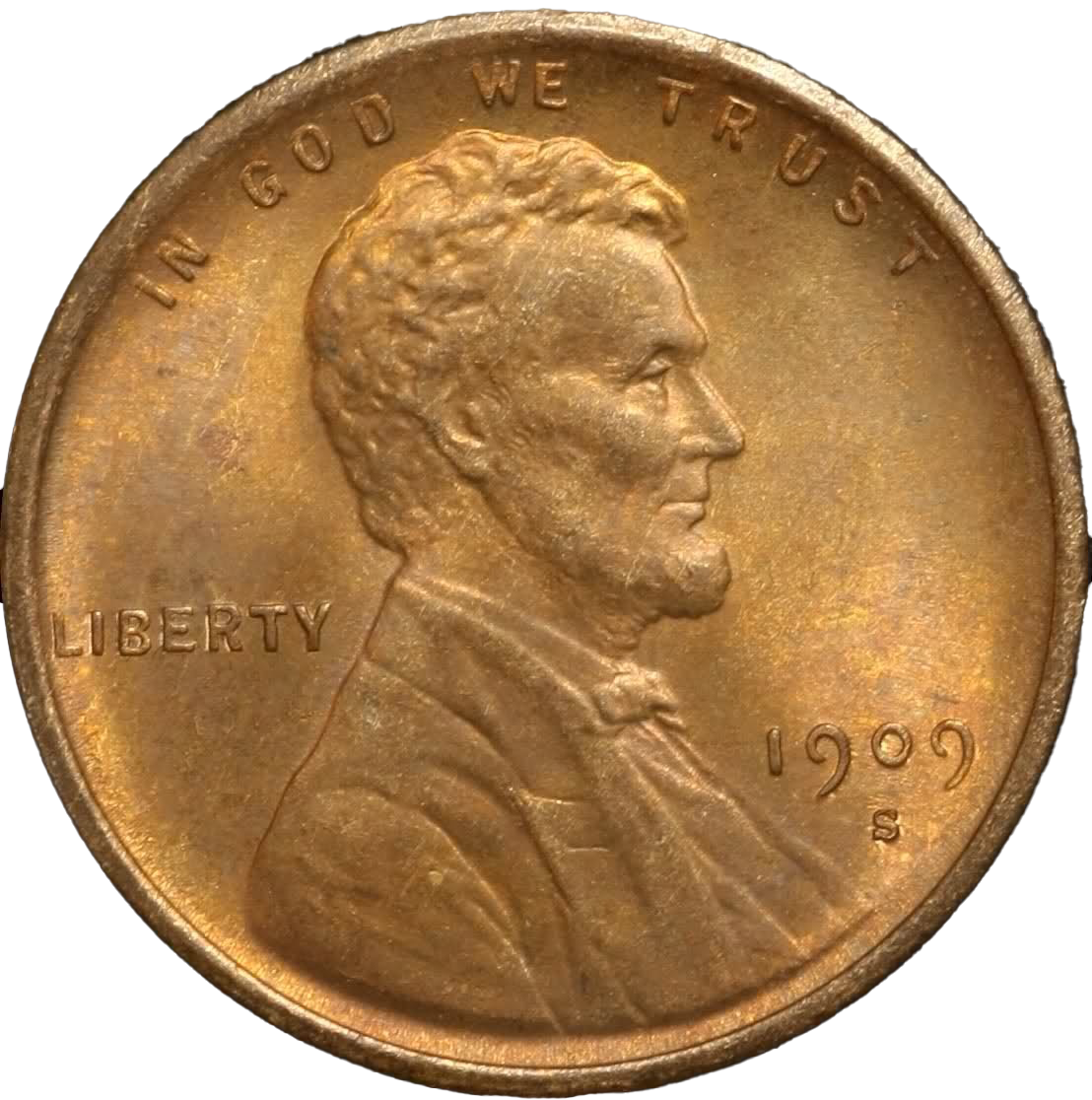
As the U.S. penny nears its final minting in 2026, most of the headlines focus on sentiment, tradition, and collector buzz. But beneath the coppery sheen lies a deeper story—one that reaches into the global commodities market and investor portfolios.
What happens to copper demand when a coin used by over 300 million Americans disappears?
And could a humble 1-cent coin actually hold hidden value for savvy metal investors?
From its debut in 1793 until today, the penny has quietly mirrored America’s industrial journey. Early cents were hefty discs of nearly pure copper. As the years passed and wartime needs and economic shifts intervened, the Mint adapted—experimenting with copper-nickel alloys, steel, and finally the zinc core we know today, thinly plated in copper.
But it’s those older, solid copper pennies—especially those minted before 1982—that still capture the attention of both collectors and commodities watchers. At roughly 3.11 grams per coin, pre-1982 pennies are composed of 95% copper. That’s about two and a half cents’ worth of metal—nearly triple their face value at today’s copper prices. No wonder people hoard them.
What Happens When the Penny Goes Away?
The U.S. Mint has long struggled with the cost of producing pennies. In recent years, it has cost nearly 3.7 cents to make a single 1-cent coin. That’s more than triple its actual worth. The Treasury loses millions each year simply by keeping the penny in circulation.
When production halts, the Mint will no longer need to source copper (and zinc) for billions of pennies annually. While this shift may seem minor on the surface, it has symbolic weight in the global commodities market. It signals a long-term downward shift in domestic copper demand from coinage—a small, but telling, factor in the broader pricing of this crucial industrial metal.
Copper is already one of the most sought-after resources in the world, essential to everything from electrical wiring and EV batteries to plumbing and wind turbines. When the penny disappears, investor attention may shift toward copper not just as a relic of coinage, but as a metal in transition—away from small change and toward green technology.
Copper Stacking and Strategic Shifts:
How Collectors and Investors Are Positioning for the Penny’s Exit
With the end of the U.S. penny fast approaching, a quiet but powerful shift is underway—not just in coin collections, but in investment portfolios. As the copper-rich cent prepares to fade from circulation, collectors and investors alike are taking positions that blend nostalgia, speculation, and strategic foresight.
The Rise of Copper Stacking
For many seasoned and new collectors, the phrase “copper stacking” has become a mantra. This niche but rapidly growing community is quietly hoarding pre-1982 Lincoln cents—coins that contain 95% copper and weigh in at about 3.11 grams apiece. Given that 10 to 12 of these coins equal roughly one ounce of copper, stackers have begun filling buckets, tubes, and even bank boxes with them—not to spend, but to save.
Why? Because the melt value of these pennies has exceeded their face value during several copper surges, and with the penny on its way out, many believe the 2006 U.S. Mint ban on melting coins might eventually be lifted. If that happens, these modest 1-cent pieces could suddenly become micro-ingots of legally meltable metal.
For now, melting or exporting U.S. pennies remains illegal, with penalties up to $10,000 or imprisonment. But that hasn’t stopped collectors from preparing for a legal shift that could change everything. Whether stored in mason jars or ammo cans, these copper-rich cents are viewed by some as a hedge against inflation, a future source of scrap value, or even a commodity asset in disguise.
Market Impacts and Investor Behavior
From a macroeconomic view, the actual amount of copper saved by ending penny production is relatively small. With about 3–5 billion pennies minted each year, the total copper saved annually is in the tens of millions of pounds—not a major dent in global copper demand. But in finance, perception can move markets faster than statistics.
The discontinuation of the penny sends a signal: the era of copper-based coinage is coming to a close. And for commodity investors and traders, that’s a market moment worth noting.
Copper has always been considered an economic bellwether. It’s essential to electrical wiring, green energy infrastructure, and industrial development. If the U.S. Mint can no longer justify copper for a 1¢ coin, how long before other uses are reassessed or repriced?
Diversified Investment Strategies
Investors who want exposure to copper’s future—and who prefer to skip buckets of old pennies—are exploring other avenues:
- Copper ETFs and futures, like the United States Copper Index Fund (CPER), allow direct exposure to copper prices without storing physical metal.
- Mining stocks, such as Freeport-McMoRan or Southern Copper Corporation, offer leveraged exposure to rising copper demand, especially as the green energy transition accelerates.
- Zinc-based investments are also gaining attention. Since modern pennies (post-1982) are mostly zinc with a copper coating, any shifts in cent composition affect zinc demand, too.
- Pre-1982 penny collections, of course, remain the easiest entry point. These coins are already worth more than face value in melt content, and may gain further numismatic premium as they become historical relics of a discontinued denomination.
A Collector’s Premium on Scarcity
Beyond melt value and metal speculation, collectors are eyeing the market dynamics that follow coin retirement. When Canada ended its penny in 2013, demand surged temporarily for complete rolls, BU sets, and high-grade examples. The U.S. market could behave similarly—or even more dramatically—given the nation’s larger collector base and cultural attachment to the Lincoln cent.
Pre-1982 copper pennies already sell in bulk above face value on secondary markets like eBay and bullion dealer sites. If and when production officially ceases, scarcity could drive those premiums higher—not just for raw weight, but for historical value.
Bottom Line: Whether you’re filling jars with pre-1982 copper cents, watching ETF charts, or building your Lincoln set one year at a time, the penny’s exit offers a rare alignment of collector insight and market opportunity. In a small, round, copper-clad package, the 1-cent coin is telling a much bigger story—one of inflation, materials, and the enduring value of America’s most iconic coin.
🛑A Legal Word of Caution
If you're thinking about cashing in those old pennies, pump the brakes. Under current U.S. law, it’s illegal to melt, export, or repurpose U.S. one-cent coins for their metal content. Violating this regulation could cost you up to $10,000—or land you behind bars.
That said, many in the collecting and investing world believe the rules could change once the penny is formally retired. Until then, copper stacking remains a speculative play—not a guaranteed payoff. You can collect them, you can trade them, but legally, you can’t melt them.
What History Tells Us
This wouldn’t be the first time a nation phased out its lowest-denomination coin. Canada eliminated its penny in 2013 after facing similar production costs. Since then, stores have rounded transactions to the nearest five cents, and Canadian collectors have seen modest boosts in demand for older copper issues and rare dates.
If the U.S. follows the same path—as many expect—copper-rich Lincoln cents could see renewed attention. In the short term, look for a spike in interest for rolls of pre-1982 pennies, BU examples, and complete date sets. In the long run, a legal shift may finally unlock the melt value inside those stashed-away coins.
Whether you’re a seasoned metals investor, a weekend hoarder of Wheat cents, or a collector building a legacy for your grandkids, the penny’s slow farewell is worth paying attention to. It’s one of those rare moments when history, economics, and numismatics intersect—and sometimes, that intersection fits right in the palm of your hand.
So next time you find a 1979-D in your pocket change, don’t dismiss it. You might be holding more than a cent. You might be holding a quiet chapter in America's copper story—and a sliver of investment potential just waiting to shine.




